The Monfragüe Biosphere Reserve is a very extensive area which offers an extremely wide range of activities. If you want to make best use of your time, organise your trip in advance and plan the activities, the routes, and the visits you want to make.
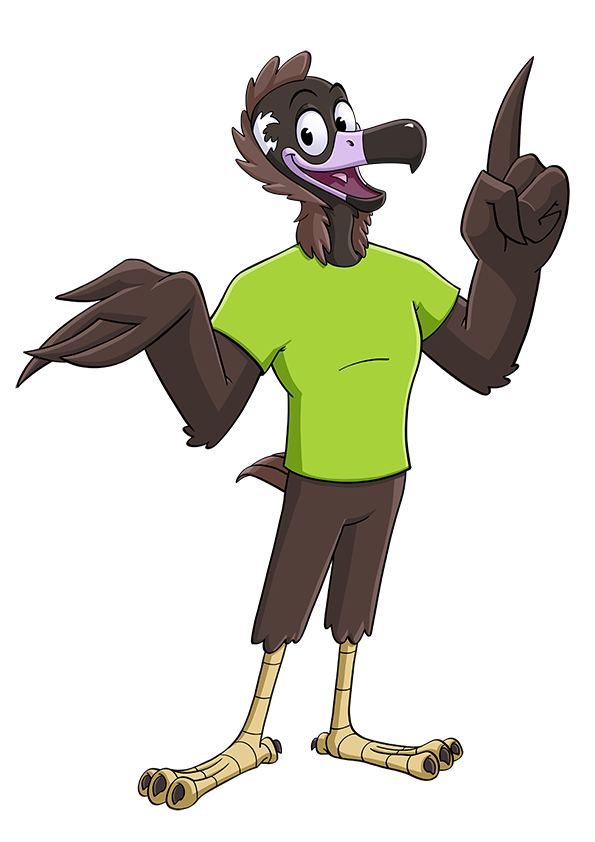
Information
Visit the Interpretation Centres and Tourist Offices you find on your trip. They will help you by giving you useful information on what to visit or what to do, and will tell you about aspects of life on the reserve that you will find very interesting.
Roads
Most of the roads running through the Reserve are local roads and some of them have winding sections. Don't drive too fast and enjoy the countryside.
Money
There are cash dispensers in most villages. Many small stores and local businesses may not have dataphones, so always have something in your wallet.
Restaurants
Depending on the season it is best to book ahead, especially if you are travelling in a group. It may be difficult to find restaurants suitable for vegetarians and vegans, so it's best to ask beforehand.
Provisioning
Although on your trip through the Reserve you will be able to find everything you need, it is recommendable to take something to drink and some food in case you take too long contemplating the sunset or stop at a viewpoint and lose track of time.
Clothes
The most important thing is to wear comfortable footwear so that you can explore trails, villages, and paths while you enjoy your trip to the full.
Equipment
Don't forget your binoculars and a stick if you're going to go on routes.
With children
By caravan
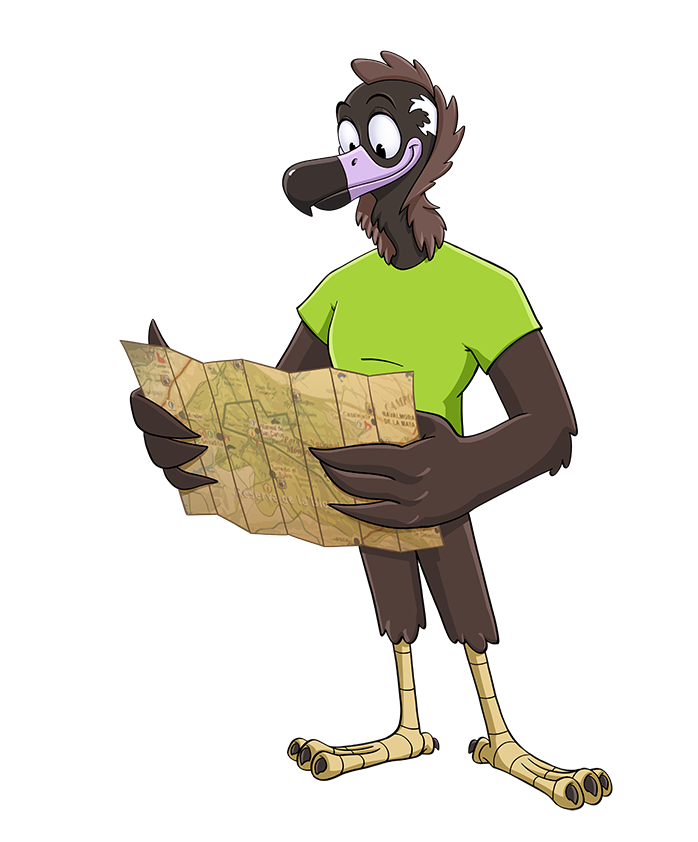
The Monfragüe Biosphere Reserve is a rural area where nature plays the leading role, which means that you can enjoy it with your pet without any problem.
Many of the accommodation establishments that you will find in the Reserve welcome pets, but most restaurants and bars do not; they can stay outside but not inside.
Some of the many activities which can be carried out in the Reserve are suitable for taking your pet, so ask in advance if you can share the adventure you want to have.
In the National Park dogs must be kept on a lead. In addition you must clean up after them so as not to contaminate the environment or annoy other hikers.
In other areas of the Biosphere Reserve there may be livestock.
In spring and summer it is a good idea to take plenty of water as it may be very hot and you won't always find a stream or a fountain where your pet can have a drink.
In autumn and winter as it often rains it is a good idea to carry a coat, a cagoule, and a towel to dry your pet after a walk through nature.
Winter
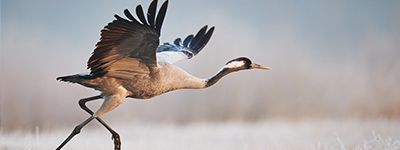
Autumn
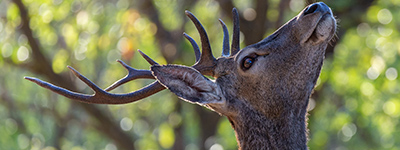
Spring (high season)
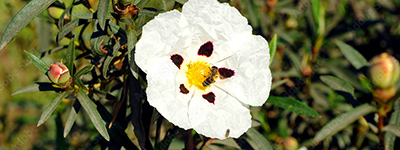
Summer
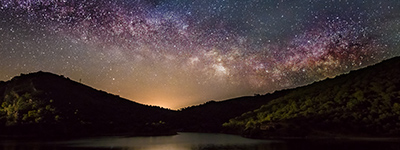
CÁCERES PROVINCIAL
TOURIST INFORMATION
Biosphere Reserve
Visitors Centre
msuarezza@dip-caceres.es
+34 927 199 134








Copyright Monfragüe Biosphere Reserve | Designed by Peces Gordos Estudio
Aviso legal | Políticas de privacidad